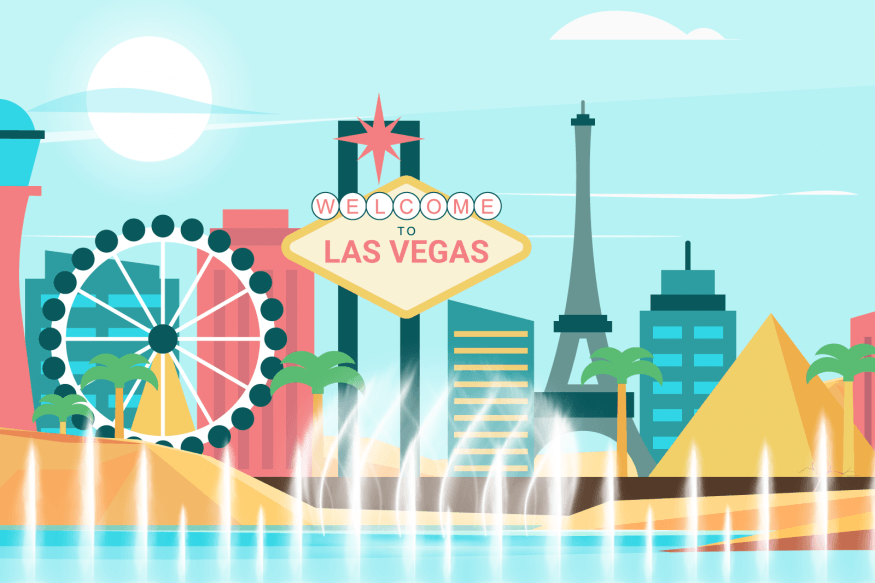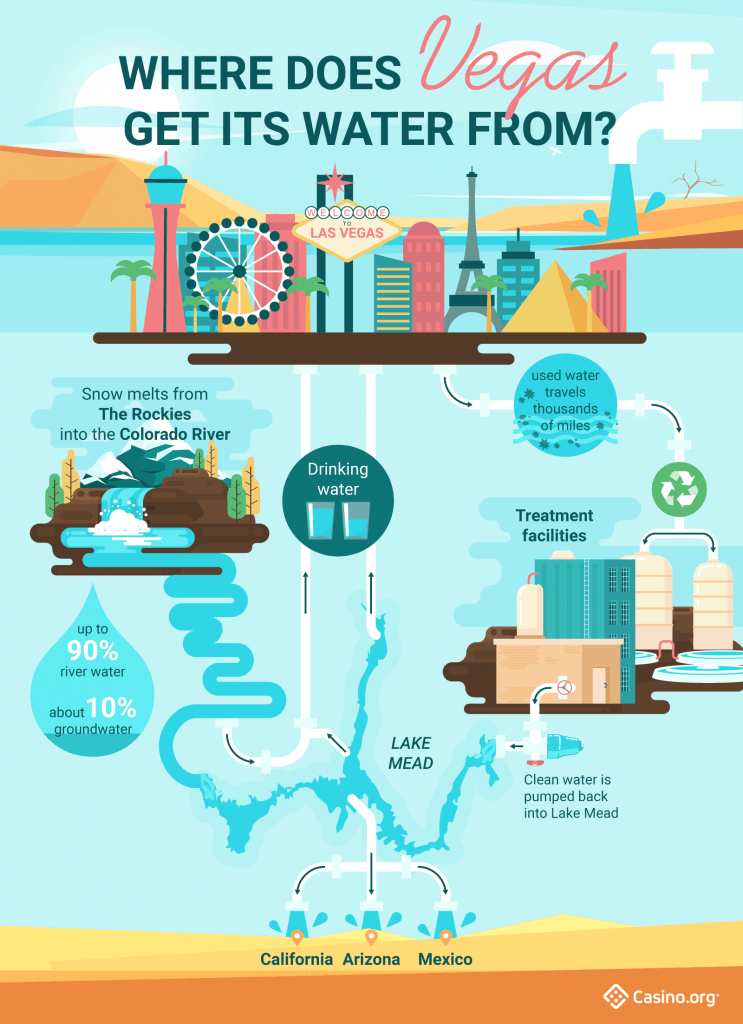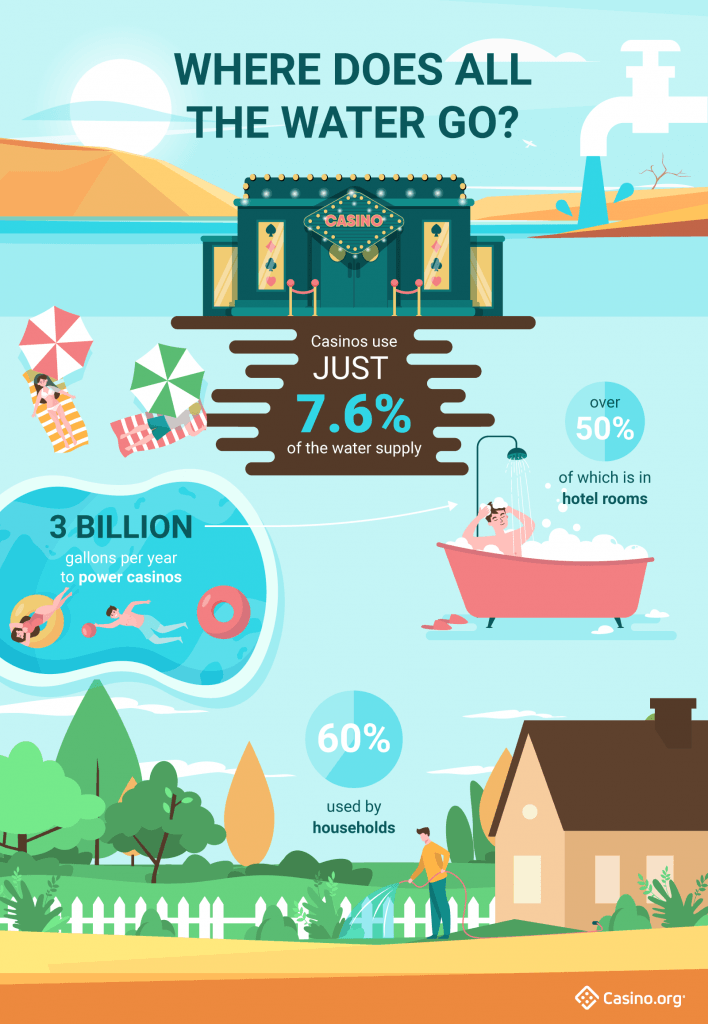Will Las Vegas Face a Water Crisis?

Las Vegas' Water Challenge: A Modern Mirage
Las Vegas is widely celebrated as a destination where extravagance knows no bounds. Yet, lurking behind the neon lights is a pressing environmental question-will the city eventually run dry? Experts have warned for years that Lake Mead, Southern Nevada’s lifeline, could dip below crisis levels, putting both residents and the city’s vibrant tourism industry at risk.
As one of the driest cities in America’s driest state, Las Vegas sees only about 10 inches of rainfall annually. This arid climate, now compounded by escalating temperatures and extended drought linked to global climate change, magnifies the city’s water predicament. With Las Vegas ranking as the fastest-warming major city in the United States, the demand for water is continually rising. The question is no longer whether water scarcity is a concern-it’s how severe the impact could become and what’s being done about it.
Tracing the Source: Where Las Vegas Gets Its Water

Las Vegas is heavily dependent on a single source for its water supply: up to 90% is drawn from Lake Mead, which itself relies on the Colorado River’s snowmelt-fed journey from the Rocky Mountains. This river traverses seven U.S. states before briefly entering Mexico on its way to the Gulf of California.
The remaining fraction-about 10%-is sourced from groundwater wells and other supplementary pipelines. Given that Lake Mead serves approximately 20 million people across multiple states, and that Nevada’s allocation is significantly smaller than those of neighboring California and Arizona, the overreliance on this resource is cause for concern.
Water is transported to Las Vegas through a series of engineering marvels: it passes from the Colorado River into Lake Mead (via Lake Powell), then through intake structures dubbed “straws,” onward to advanced water treatment facilities, and finally into the city's distribution system. After household or business use-once it’s washed down drains and toilets-the majority of this water embarks on a reverse journey: cleaned at treatment plants, returned to the Las Vegas Wash, refilled in Lake Mead, and recirculated for future use.
Is Las Vegas Really Running Out of Water?
On paper, this closed-loop system suggests water should be plentiful, but reality is more complex. Not all water is captured, cleaned, and recycled. A substantial volume is lost to the environment, especially through outdoor irrigation and landscaping-think automatic sprinklers and decorative lawns.
Statistically, Las Vegas residents consume about 219 gallons of water per person each day, which is above the national average. The interplay between a booming population, a hot desert climate, and shifting rainfall patterns due to climate change is putting unprecedented strain on Lake Mead. The reservoir has fallen by roughly 130 feet since 2000, and forecasts predicted its level could drop below 1,075 feet by 2021-a threshold that triggers mandatory water use reductions for states like Nevada, California, and Arizona.
Who Consumes the Most Water in Las Vegas?

Contrary to popular belief, Las Vegas casinos-despite their notable water features, resort pools, and the iconic Bellagio fountains-are not the city’s largest water users. In fact:
- Residential usage dominates, accounting for about 60% of the city’s total water consumption.
- The casino and hospitality industry, often spotlighted for their water use, collectively consumes around three billion gallons yearly. However, only about 7.6% of the city’s water resources go to this sector.
- Interestingly, the majority (54%) of the casino industry’s water use occurs within hotel rooms rather than gaming floors or amenities.
Major casino companies, including leading players like MGM Resorts, have made significant strides in water efficiency. Some properties recycle up to 40% of their water, implement drought-resistant landscaping, utilize low-flow fixtures, and prioritize sustainability in daily operations. The Bellagio fountains, while visually dramatic, use water that is filtered and continually recirculated.
On a citywide scale, nearly 100 million gallons of sewage are treated daily, with about 90 million gallons reclaimed and redirected into the Las Vegas Wash, helping stretch the community’s limited supply.
The Future of Lake Mead: Recovery or Decline?
While headlines often highlight dire forecasts, Las Vegas has built a reputation for innovation in water management. In the past two decades, the region’s annual water usage has actually dropped by 27 billion gallons, despite a growing population.
Key strategies include:
- Banning new sod (grass lawns) in favor of desert landscaping
- Tightening yard irrigation schedules
- Investing millions in advanced pumping stations to improve supply security
- Deploying smart meters, leak detection technology, and issuing fines for water waste
Though these efforts have helped, Lake Mead’s recovery remains uncertain. Supplementary infrastructure will not draw from the reservoir but ensures that if drought persists, residents and businesses will continue to have access to water while long-term solutions are explored.
Looking Ahead: Can Las Vegas Overcome the Water Crisis?
Las Vegas stands at a crossroads-despite aggressive conservation programs and a commitment to innovative solutions, the mounting pressures of climate change and urban growth mean the city’s struggle with water scarcity will likely persist.
Yet, there are strong reasons for hope:
- Broad community involvement in water-saving efforts
- Collaboration among government agencies, businesses, and citizens
- The city’s ability to adapt and institute changes before reaching crisis points
The strategies and successes forged in Las Vegas may soon serve as a blueprint for other arid cities around the globe, as water stress becomes a worldwide challenge.
Simple Steps Everyone Can Take to Conserve Water
No matter where you live, adopting water-saving habits helps protect precious resources. Here are practical ideas inspired by Southern Nevada’s most effective strategies:
- Take shorter showers and consider installing low-flow showerheads
- Run dishwashers and washing machines only with full loads
- Drink tap water (keep a jug chilled in the fridge) rather than buying bottled or running the tap unnecessarily
- Fix leaking faucets promptly and upgrade to water-efficient appliances
- Turn off the tap while brushing teeth or shaving
Every small change can make a difference-whether you’re living in the desert or not.
Further Reading and Resources
For those interested in learning more about water conservation efforts in Las Vegas and across the Southwest, explore the following reputable resources:
- WaterWorld: Las Vegas and Water Supply
- Las Vegas Valley Water District: Water Sources
- UNLV Water Use Analysis
- Outside Online: Water Conservation in Las Vegas
- States at Risk: Nevada Drought Profile
- Las Vegas Sun: From Toilet to Tap
- The Guardian: Vegas and Climate Crisis













